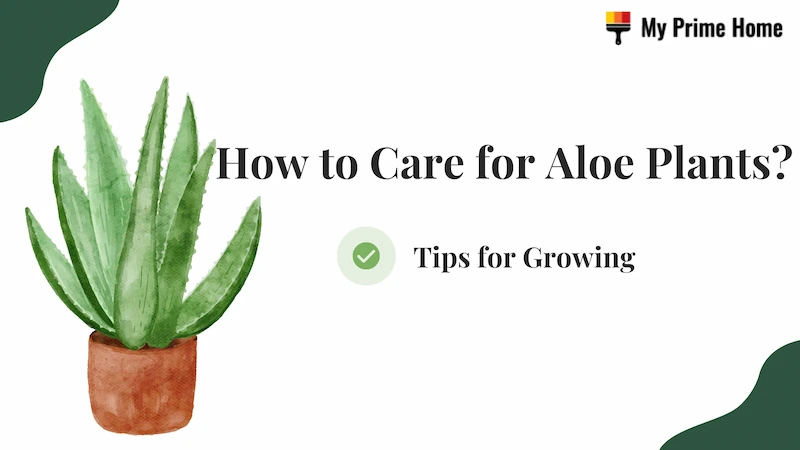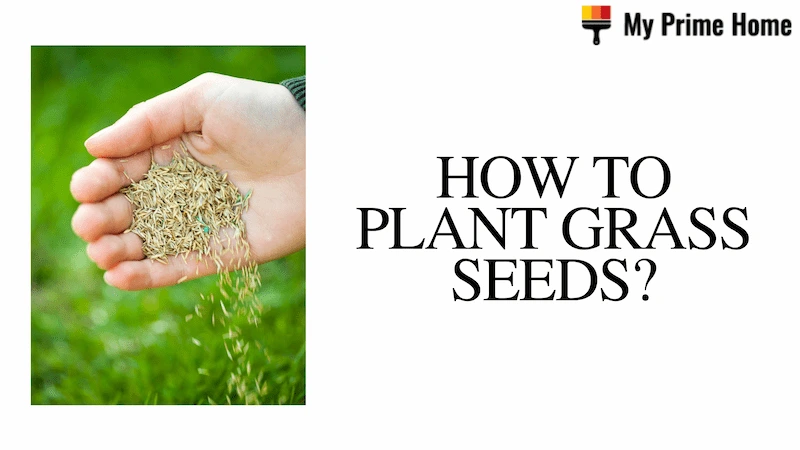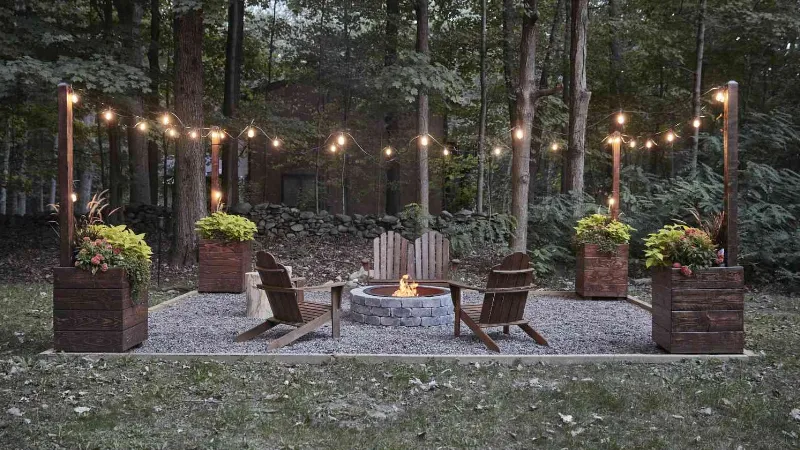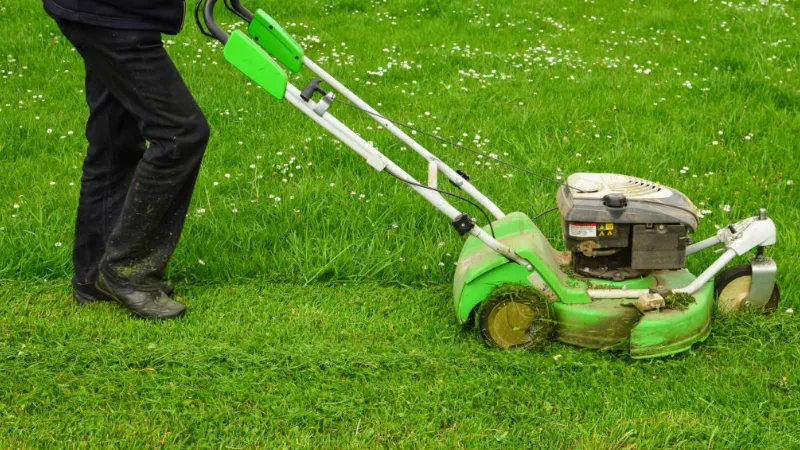To learn how to care for an aloe vera, whether you decide to grow it indoors or outdoors, read on if this sounds like the ideal plant to have around.
When talking to care for aloe plants, you need to consider light, soil, water, potting, fertilizer, temperature, and humidity. Please read on for more detailed information.
How to Care for Aloe Plants?
To grow well in containers, aloe vera needs sandy soil or a cactus potting soil. When grown outdoors in zones 10 through 12, plant this succulent next to others with similar needs. Aloe can be used to accent an entranceway by being potted alone, or it can be incorporated into a xeriscaped border planting. Potted aloe looks nice on decks and patios where it also comes in handy for use on emergency burns and bites. Outdoors, blooming may happen in the late spring or early summer; indoor specimens in pots typically don’t have blooms. In either case, the plant must be extremely mature to bloom at all, and even then, it may not bloom every year, particularly if the leaves are being collected for use. Aloe is an easy-care houseplant for novice gardeners because it requires little watering and almost no fertilizing.
Light
Aloe Vera needs bright, natural light in order to thrive. Aim for up to six hours of direct sunlight outside, with a brief period of shade relief in the late afternoon. Aloe should be grown indoors in a window that receives strong, indirect light. Direct sun can burn its tender skin, yet lack of light will cause the plant to grow leggy and weaken its leaves, causing them to crease. Read more: How Much Sun Do Aloe Vera Plants Need?
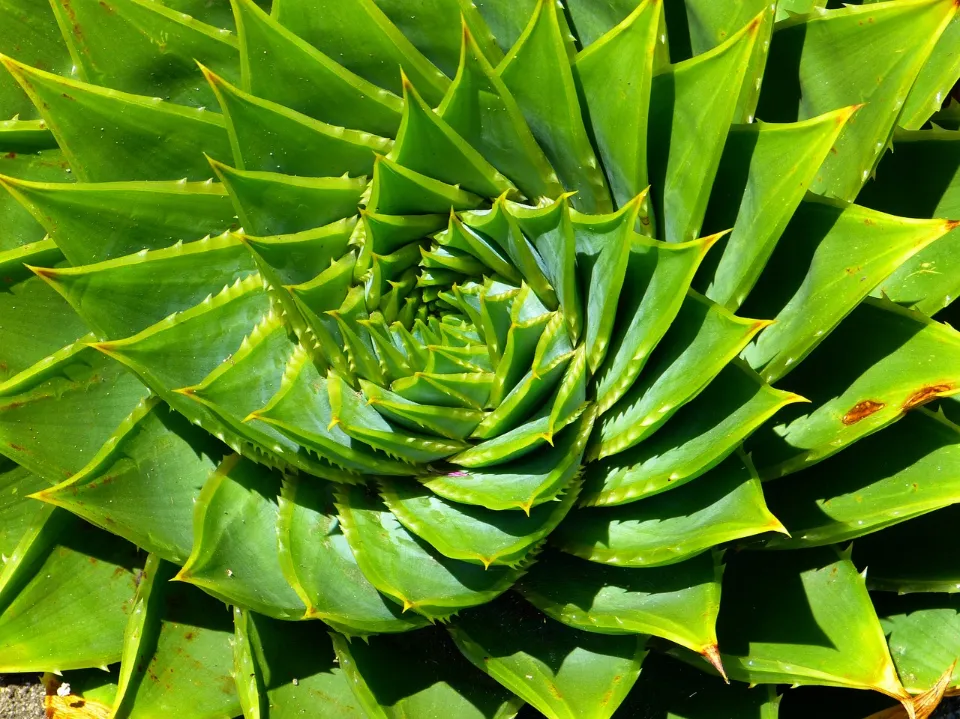
Soil
Aloe vera typically grows in nutrient-poor soil conditions on sandy slopes with good drainage in its natural habitat. Use a potting medium made specifically for cacti or regular potting soil blended with perlite and coarse sand to ensure proper drainage in a container. Aloe prefers a slightly acidic soil with a pH around 6.0, but it is extremely adaptable and can also grow in neutral or alkaline soils.
Water
As long as the soil dries out completely in between waterings, aloe prefers to be watered frequently. How Often to Water Aloe Plants? The leaves will shrivel and pucker a little if the soil stays dry for a long time. How to Water Aloe Vera Plants? When watered, the plant will bounce back, but prolonged stress—whether from a protracted drought or too much water—will cause the leaves to turn yellow and die. In the event of rain, avoid watering outdoor plants.
Aloe vera goes dormant in the winter and won’t require any water at all, provided it received sufficient water during its growing season. Consider planting aloe in gravel or stones if it rains frequently in your area during the winter. This will let the water drain and stop rot.
Read more:
Temperature and Humidity
Aloe thrives in arid, tropical, and semi-tropical environments, so simulating these environments will enable it to do so. Avoid leaving your container plant outside if nighttime lows are predicted to fall below 40 F. Aim for a temperature between 55 and 85 F (most indoor environments can achieve this). Aloe cannot tolerate frost, but a few alpine varieties can withstand occasional temperatures near freezing.
Aloe doesn’t need additional humidity because it can survive in dry air just fine. Forty percent relative humidity is perfect.
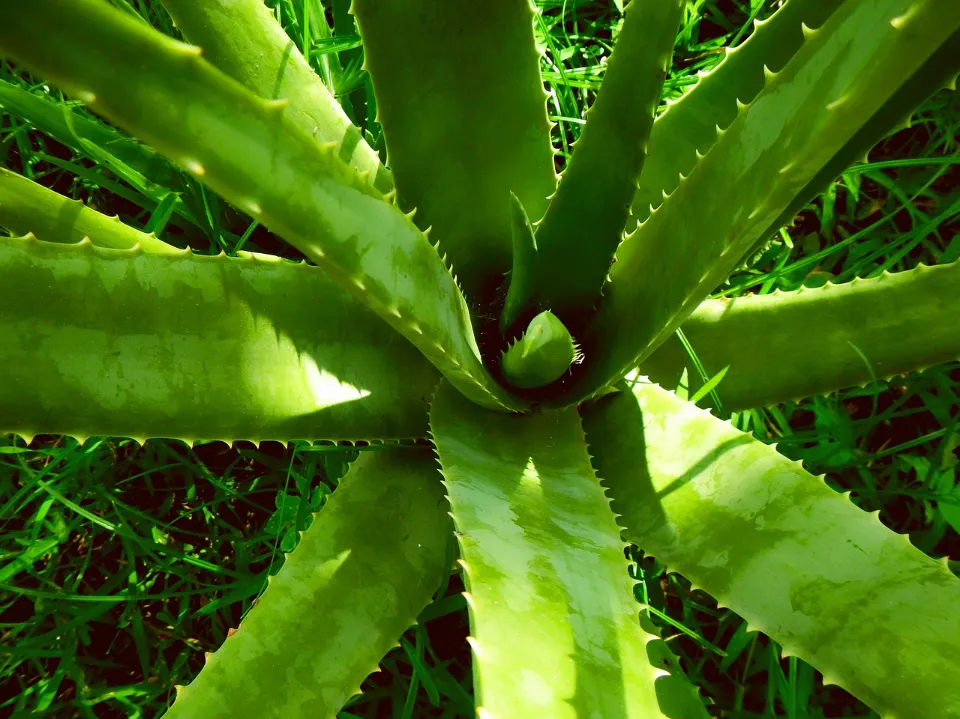
Potting Your Aloe Plant
Choose a terra cotta pot or one made with another porous material for your tender plant. These will aid in keeping the soil dry. Plastic containers might work, but they’ll keep the soil moist for a longer period of time. The pot should be about as wide as it is deep and must be heavy enough to avoid tipping over. Here’s how to Repot Aloe Plant
Fertilizer
Aloe vera grows best in poor soil conditions (this plant has adapted to nutritionally poor desert soil) and does not require any fertilization at all. Nevertheless, springtime feeding of potted aloe once a year may aid in preserving vigorous growth. For an annual feeding, a liquid 10-40-10 houseplant fertilizer that has been diluted to half strength works best. Aloe typically grows well outdoors without any fertilization.
Do Aloe Plants Bloom?
Do aloe plants bloom? You’re here for answers, so let’s get straight to it! Follow along as we discuss aloe plant flowering. Here’s everything we’ll cover, up ahead:
Aloe plant blooms rise from an inflorescence that soars above the attractive rosettes. If you see no flowers on aloe plants, it may simply be because the plant is too old to bloom. Mature plants must be at least four years old in order to bloom. It could also be due to cultural issues which are easily corrected and could result in your aloe presenting you with its lovely flowers.
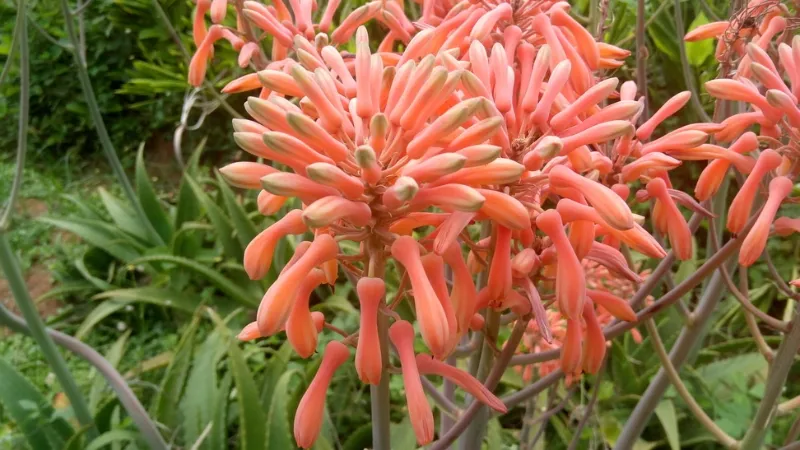
Propagating Aloe Vera
Aloe vera is best propagated by replanting the offsets (the pups) that develop at the base of the plant. Mature plants will often produce many pups, making it easy for you to relocate them to other pots or parts of the garden, or you can gift them to friends.
Here’s how to propagate aloe vera from pups:
- Gather gloves, a trowel, a pot, and a cactus potting medium.
- Put on your gloves and add potting soil to the pot.
- Find the pups at the mother plant’s base. Pry up a pup with a trowel, then cut its taproot from its mother. (The root systems of some pups may be more complex than those of others. Some may have no roots at all. In either case, everything will grow successfully.)
- To allow any broken cuts to callus over, lay the puppy flat and dry it in a sunny window for a few days.
- Carefully cover any roots before placing the pup in the pot. Just below the main crown, where the leaves fan out, backfill the soil.
- Put the plant in a window that gets plenty of sunlight and water it. The process of growing roots could take three to four months. Be patient.
But, How to Plant Aloe Vera Without Roots?
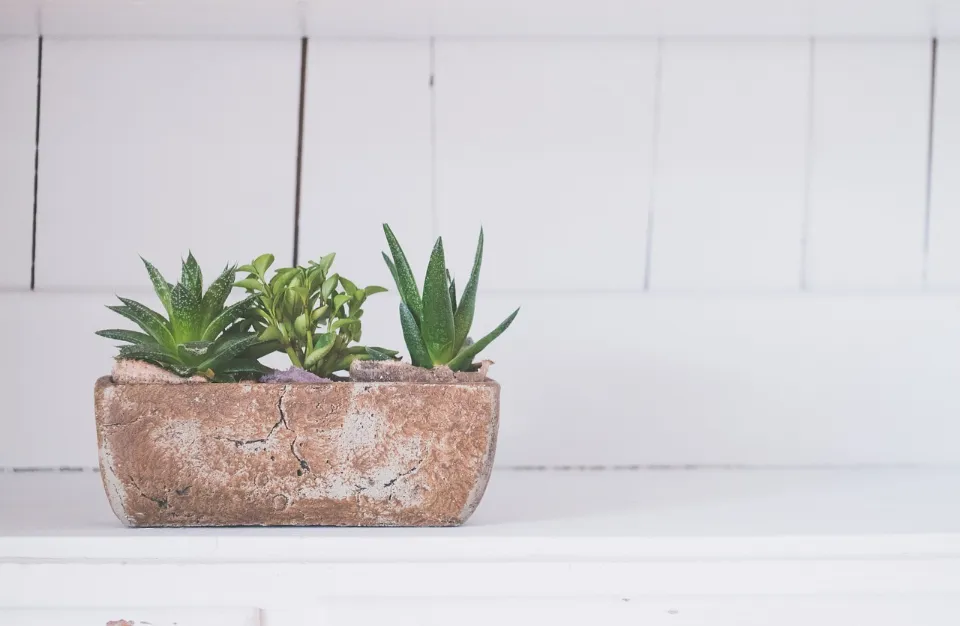
How to Grow Aloe Vera from Seed?
Cultivated aloe is rarely grown from seed since it’s inexpensive and readily available as plant starts. In addition, aloe plants typically don’t start to bloom or produce viable seeds until they are over four years old. Even so, gather the seeds from discarded flowers if you intend to plant aloe from seed. Next, prepare a tray with a mixture of peat and sand. Spread the seeds out, cover them with the medium just slightly, and water them until they are barely damp. Keep the medium moist by misting, and move the tray to a place with bright light and consistent temperatures of 75 F (this may require a heat source). Sprouting should occur in two to four weeks. Young plants should be kept warm until they have four leaves and can be transplanted on their own.
- How Big Can Aloe Vera Plants Get?
Do you have any doubts about how big can aloe vera plants get in your indoor or outdoor garden?
Typically, indoor aloe vera plants reach heights of 12 to 24 inches (30 to 61 cm). Plants have a 3-foot (91-cm) height limit under ideal circumstances. Their plant size actually depends on many different growth factors.
How to Harvest Aloe Vera?
Aloe leaves not only make lovely decorations but also have a clear gel inside that is used as a common home remedy. According to the Mayo Clinic, this substance may shorten the healing of first- and second-degree burns and promote wound healing. Applying aloe gel to the skin could also help reduce acne and redness caused by mild to moderate psoriasis. However, the Mayo Clinic does not recommend ingesting aloe as eating too much could cause kidney damage.
With this in mind, you can cut an aloe leaf (as close to stem as possible) when you need it and rub the juicy end on a sunburn or sore spot. How to Cut Aloe Vera Plant Without Killing It?
How to Use Aloe Vera? Some people also like to use aloe vera juice as a hair conditioner, makeup remover, or even brow gel. You can obtain more juice by slicing the spike lengthwise and using a spoon to scoop out the contents, though there is no assurance that it will function as well as some of your favorite products. If your plant is healthy, it will simply keep producing more!
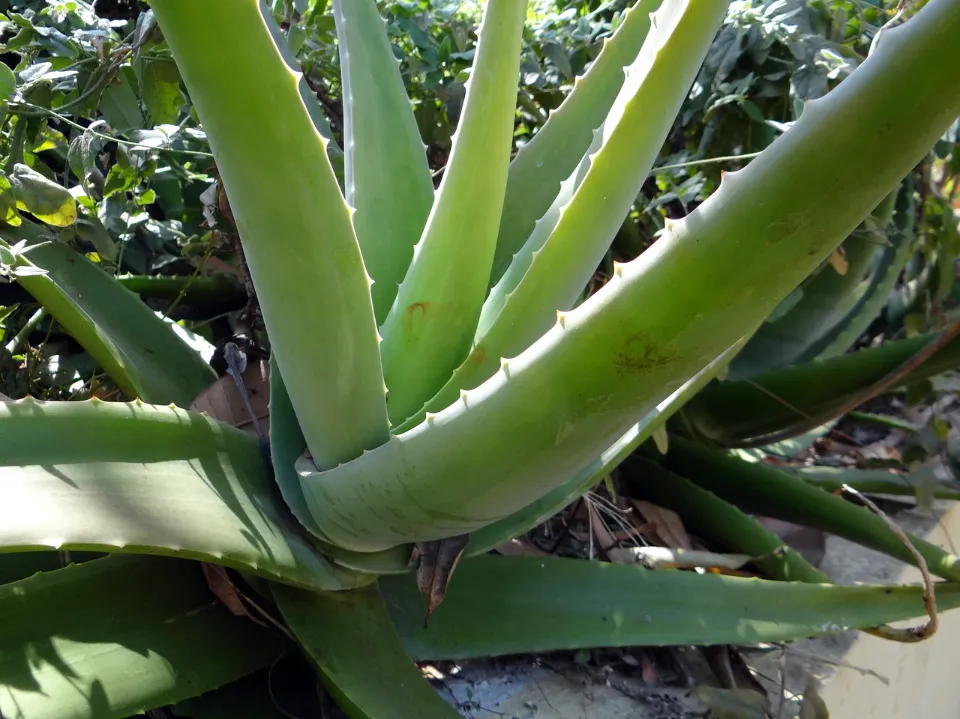
Common Issues With Aloe Vera Plants
Although aloe vera plants are simple to care for, they are prone to illness, pests, and other issues.
- Overwatering
The first aloe vera plants appeared in hot, arid regions with sandy soil. These plants therefore have a low tolerance for overwatering and do best in hot, dry environments.
The leaves of an aloe plant turn brown or yellow when there is too much water. They frequently have a slightly mushy feeling and could emit a faintly rotten odor. The roots may start to turn black when you remove the plant from its container.
How to Save An Overwatered Aloe Plant? You may be able to nurse your plant back to health if it has been overwatered and is struggling to grow. First, allow the soil to dry out. Next, examine the roots. If any seem to have rotted, cut them off. After that, remove any yellow or brown growth to only leave green leaves that appear healthy. Repot your plant lastly in a soil that drains well.
- Underwatering
Overwatering is a common reason why aloe plants die. You won’t believe it, but this succulent can also be submerged. Perhaps you are struggling with that right now, so let’s talk about it in this article. Below will tell you signs of the underwatered aloe plant and tips on how to revive it.
An underwatered aloe vera will have symptoms such as yellowing, drooping, leaf tip browning, and leaf edge drying. In addition, brown spots will appear, the soil will be dry, and the root will become a fragile structure due to insufficient watering.
Inspect the plant to determine its condition, water it, and relocate it to an area with moderate light if you see signs that your aloe plant is becoming dehydrated from being submerged. An underwatered aloe vera plant will be able to take in the nutrients it needs to perform photosynthesis, store moisture, and regain its firm structure fairly quickly after a period of underwatering, depending on the severity of dehydration damage. After all, these plants have been adjusting to drought conditions for thousands of years!
- Insufficient Light
Aloe vera plants can thrive in low light, but they prefer direct sunlight that is bright. The plant will begin to sage and its leaves will wrinkle if it isn’t given enough light. Its beautiful natural rosette will begin to sag.
Your aloe vera plant will start to sag and grow leggy if it doesn’t receive enough light. This is called etiolation, and it causes the leaves to lose their vibrant green color and become pale. Additionally, the plant’s output of offsets will start to decline.
Is your aloe vera plant looking droopy? It might be best to move to a more sunny area. Do not place your aloe vera plant in direct sun, as it can also cause the plant to burn.
- Overwintering
The best natural environment for caring for aloe vera plants is found in USDA Hardiness Zones 10 through 12. When the growing season begins again, gardeners in these areas should resume watering the plant after stopping during the winter.
If you reside in a more chilly climate, bring aloe vera plants indoors before the first frost. If the temperature falls below 50 degrees Fahrenheit, aloe vera can die. Is your aloe plant turning white? How to save it?
- Pests and Diseases
The aloe plant is a favorite food source for mealybugs, spider mites, and snout beetles. Washing your plant’s leaves and applying a powdered fungicide to them will help if you notice pest damage. The basal stem rot, sooty mold, and aloe rust are a few diseases that can harm an aloe plant. Talk to a plant health expert or pest control professional about keeping your home free of damaging insects. How to Revive a Dying Aloe Plant?

Pets Care for Aloe Plants
Below will answer whether aloe plants toxic to cats and dogs:
Are Aloe Plants Toxic to Cats?
Are aloe plants poisonous to cats? Knowing which plants to avoid is important if you’re an avid gardener and cat lover, especially if your feline companion enjoys chewing on things.
Aloe plants are only toxic to cats if they chew or eat a little of the plant. The latex in the leaves can give your cat diarrhea, vomiting, and lethargy, but cats rarely consume enough of the plant to cause more severe symptoms. You should prevent your cat from getting too close to aloes to be safe.

Is Aloe Poisonous to Dogs?
Can other species benefit from using (or consuming) aloe in the same way that humans do in terms of health? Can your pooch enjoy better dental hygiene and a reduction in constipation, or is aloe poisonous to dogs? Let’s find out.
Dogs should not consume aloe vera because it is poisonous to them and will result in a variety of unpleasant symptoms. Intense vomiting, diarrhea, and low blood sugar are the main signs of aloe’s toxic effects on animals. The effects of aloe toxicity can be fatal if it is not treated right away.
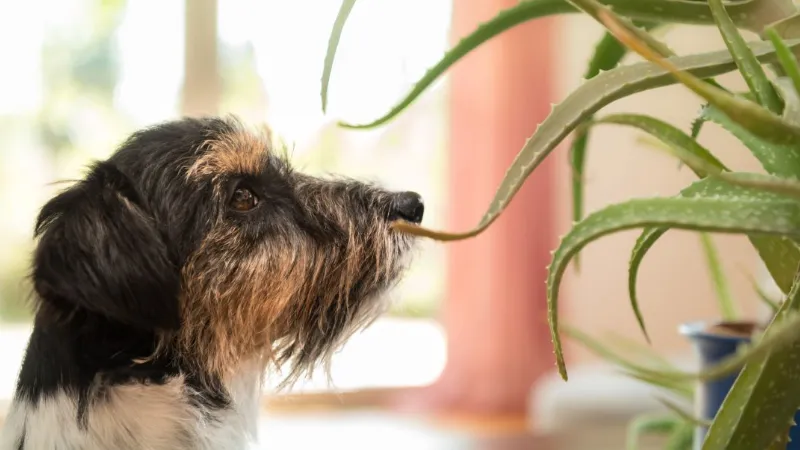
Tips for Aloes Plants
- Put your aloe plant in a pot with good drainage to start. The diameter of the pot should be 1-2 inches bigger than the root ball. See more: Best Pots for Aloe Plants
- Maintain your aloe plant in a location with strong, indirect light. If exposed to excessive light abruptly, aloe can become sunburned. When compared to the green leaves, your aloe plant will appear sunburned if it gets sunburned. The leaves’ color will not change after being burned.
- Aloe is sensitive to drastic fluctuations in temperature. Keep the plant away from drafty doors or vents, especially during the winter.
- In between irrigations, allow the soil to dry out. Use your finger or a wooden skewer to test how wet the soil is before watering.
- Aloe grows really slowly. There should be 10 or more leaves on the plant if you intend to harvest the leaves for gel. The plant should be 6 to 8 inches tall. When you want to use some, select the leaves from the bottom and work your way upward. A leaf cannot regrow once it has been cut or removed. All new growth will come from the top of the plant. For sunburns or skin irritations, use the harvested aloe gel.
Aloe Plant FAQs
How Do You Care for An Indoor Aloe Plant?
If they receive enough sunlight and good drainage, aloe plants thrive indoors. When you bring your new plant home, root it in a terracotta pot wide enough to accommodate the base of the plant with 1 to 2 inches to spare. Put the pot somewhere bright, like a window in your kitchen. For the rest of the year, water the plant less frequently than once every two to three weeks during the summer. In between waterings, let the soil dry completely.
How Do I Know If My Aloe Plant Needs Water?
If your aloe plant appears dry, brown, or wilted, it is probably dehydrated. To check if your plant needs water, stick your finger about 2 inches into the soil. Water should be applied if it feels dry. You’ve overwatered if the leaves are mushy or soft.
How Long Do Aloe Vera Plants Live?
Indoor aloe plants can live up to 12 years, if given proper care and in the proper environment. Unexpectedly, in a setting that resembles their natural habitat, outdoor plants can survive for up to two decades.
Is Aloe Vera a Cactus?
Some gardeners mistake aloe for a cactus because certain varieties of the plant have thorny leaves. Aloe, on the other hand, is a succulent that belongs to a separate genus.
Summary: How to Care for Aloe Plants?
Succulent plants in the genus Aloe include Aloe vera. The plant is stemless or very short-stemmed with thick, greenish, fleshy leaves that fan out from the plant’s central stem. Small teeth form serrations along the leaf’s margin.
Before you buy an aloe, note that you’ll need a location that offers bright, indirect sunlight (or artificial sunlight). If your aloe is in a particularly sunny location, you might need to water it more frequently because too much direct sunlight can dry out the plant and turn its fleshy leaves yellow.
Keep the aloe vera plant in a pot near the kitchen window so you can use it occasionally.
If you have any questions, please leave a comment. My Prime Home tries to give you the best home improvement information. Don’t forget to share the post. Thank you for reading.
Read more When to Plant Grass Seed?
